RES@CNIC-SEC, a consolidated initiative in cardiology training
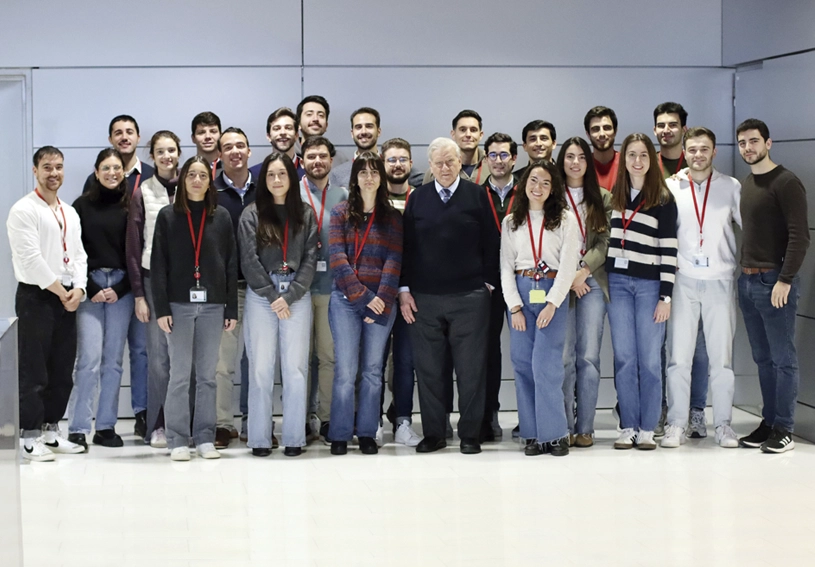
The RES@CNIC-SEC Programme promoted by SEC, the Spanish Society of Cardiology, and CNIC, the Spanish National Centre for Cardiovascular Research, is a consolidated training initiative aimed at resident physicians in the first stages of the MIR programme in cardiology or other specialities related with cardiovascular diseases.
This programme, accredited by the SEC Accreditation Committee, offers a maximum of 25 medical professionals each year the opportunity to take up a training internship lasting between 4 and 9 consecutive weeks in CNIC laboratories.
Since 2012, a total 236 first or second year cardiology residents who are SEC members have participated in the programme. The 133 men and 103 women have come from 85 different hospitals in different regions of Spain, with San Carlos University Hospital (Madrid) contributing the highest number of interns (18%), followed by Ramón y Cajal University Hospital (Madrid) and a high number from Virgen del Rocío University Hospital (Seville) (6%) and Navarra University Hospital (Pamplona).
The main aim of the RES@CNIC-SEC Programme is to foster a vocation for research among young physicians, facilitating direct contact with state-of-the-art techniques in biomedical research. During the internship, they work in an environment of scientific excellence supervised by CNIC researchers and add to their training with theoretical modules given by experts in cardiovascular research.
This initiative also seeks to lay the foundations for future scientific collaboration between residents of the Spanish National Health System, with institutional support from the SEC and CNIC.
Carlos Nicolás Pérez García is a veteran of the RES@CNIC programme, who participated in 2016. Currently active in CNIC, he is part of the Translational Laboratory for Cardiovascular Imaging and Therapy led by Dr Borja Ibáñez, actively participates in observational cohort studies like PESA, and the recently started REACT, as well as in clinical trials coordinated from CNIC’s Clinical Trials Technical Unit. “This career path would probably not have been possible without the opportunity RES@CNIC offered me,” he acknowledges.
Carlos Nicolás remembers his participation in the RES@CNIC programme as one of the most outstanding training internships of his residency period. “I participated in 2016, during my first year as a cardiology resident, and it was my first real exposure to cardiovascular research from a non-clinical perspective.”
Carlos Nicolás joined the experimental pathology of atherosclerosis line of Dr Jacob Bentzon’s group and, although at the time his previous experience with science had been limited to the clinical sphere, working in a basic research environment helped him understand an absolutely fundamental dimension of cardiovascular medicine, which takes place in the laboratory, far from patients but with a direct impact on their future.
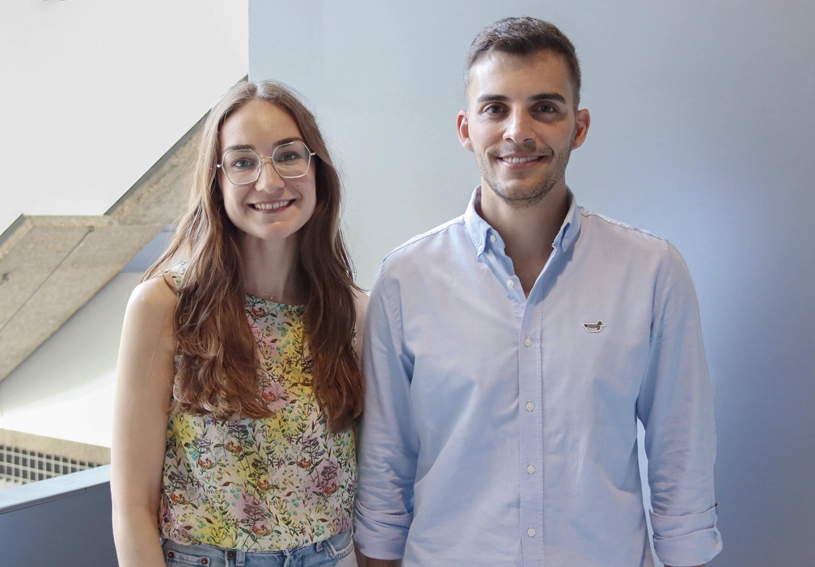
During his time with Dr Bentzon’s group, he observed how the molecular and cell mechanisms explaining atherosclerotic disease are dissected, which gave him much more comprehensive perspective on the scientific process. “It was essential to understand cardiovascular research in a context other than the clinical but equally important; without this type of research the real translation of knowledge to medical practice would not be possible.”
Thanks to his participation in the programme, Carlos Nicolás was able to acquire a solid grounding in experiment design and, in particular, in the use of rigorous laboratory technique, which had not formed part of his previous training. “I was able to familiarise myself with microscopy and the histological staining protocols applied to animal models of atherosclerosis, learning to interpret images and data from a perspective of cell and structure.”
He underscores that thanks to this experience he “had to develop a more fine-tuned critical thinking and understand the scientific logic underpinning many of the developments that we later translate to clinical practice.”
Miguel Ángel Martín Arena, a cardiology resident at La Paz University Hospital in Madrid, describes his personal experience in the RES@CNIC program as enriching, “both from a scientific and human point of view.”
During his stay, he says, “I had the great opportunity to get involved in real basic research at the highest level and to be in contact with true leaders in cardiovascular research worldwide. For me, it was an unforgettable experience and a unique opportunity to see how research is conducted from the micro to the macroscopic level. And from a human perspective, I met unique colleagues and wonderful people who taught me and accompanied me throughout the process.”
Miguel Ángel believes that this program has allowed him to develop and enhance his curiosity, to ask himself why things happen and to try to find answers to his questions. “It has also allowed me to get closer to biochemistry and basic biology, which I had forgotten so much from my degree, and to realize that they are the basis of what we later apply in clinical practice. Finally, I have learned to develop resilience, as research requires a great deal of effort and sacrifice, often without full reward, hence the importance of not giving up, as perseverance is the key to achieving long-term goals.”
Unlike most of the participants, Miguel Ángel joined Dr. Jose Antonio Enríquez’s group, whose laboratory conducts basic research. He acknowledges that the experience was very positive. “It has allowed me to understand and learn how mitochondria work and how their integrity is key to the proper functioning of the cardiovascular system. I believe that the fact that basic and clinical researchers work together in the same laboratory is essential, because each of them brings a different perspective to the same problem, and that is very enriching. It has also allowed me to understand complex laboratory techniques, to appreciate the time and effort involved in each of them in order to advance research, and that having a leader and guide is keyn his opinion, his experience has made him realize that without biomedical research, it is impossible to understand what doctors do on a daily basis. “They are complementary disciplines that feed off each other and enable us to advance knowledge, understand pathophysiological processes, research new molecules and treatments, and ultimately treat patients better. As for my future career, it helped me to confirm that I want to be able to devote part of my time to research, to try to contribute something to the scientific community with my efforts. In Spain, this is not always easy to achieve, and seeing doctors at the CNIC who are able to do so gave me the strength to fight for it.”
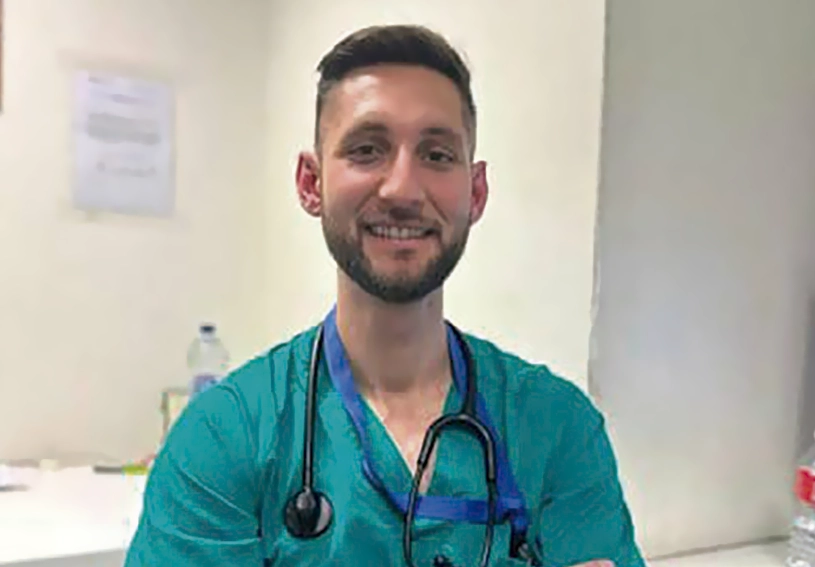
Laura Fuertes Kenneally also joined Dr. Jose Antonio Enríquez’s group. “Joining Dr. Enríquez’s group allowed me to acquire key skills in molecular and cellular biology and to step outside my clinical comfort zone to develop a more critical eye, capable of questioning many assumptions. Beyond technical skills, what struck me most was sharing my daily work with a teaching team passionate about discovering the mechanisms of disease, in an environment of collaboration and constant intellectual stimulation.”
Her experience in this basic research group developed key skills such as critical thinking, rigorous interpretation of scientific literature, experimental design, and the formulation of well-structured research questions. “It also allowed me to hone my ability to communicate results clearly and effectively, as well as to integrate error as a fundamental part of the scientific process.”
As a cardiologist, her experience in Dr. Enríquez’s group, which focused on mitochondrial metabolism and its involvement in cardiovascular pathophysiology, was very enriching. “For a doctor in training, getting involved in basic research is a unique opportunity to delve deeper into the underlying mechanisms of diseases, something that clinical routine rarely allows. It is true that, in the hustle and bustle of daily practice, we sometimes fail to see the immediate importance of this training. It feels distant from our routine, its results can be slow, and the practical application is not always obvious. However, it is crucial to understand that basic research is the foundation on which all future medicine is built,” she emphasizes.
“Doctors also have a lot to contribute to basic research. Our clinical perspective can help design experiments that reflect the complexity of human physiology, ensuring that conditions are as close as possible to the reality of the patient. In addition, we can facilitate the ‘bureaucratic leap’ necessary to transfer discoveries from animal models to human application.”

He acknowledges that one of the most valuable lessons he learned on a personal level was multidisciplinary teamwork: collaborating with exceptional professionals in their respective fields—biologists, bioinformaticians, biotechnologists—who share the same scientific curiosity. “This constant exchange of ideas, approaches, and solutions around a common goal not only enriched my research vision, but also helped me grow as a person. Finally, something that is often underestimated is that research is, above all, an exercise in creativity. It goes far beyond applying pre-established clinical protocols: it involves connecting unexpected ideas and approaching problems from alternative perspectives.”
Raquel Frías García-Lago heard about the programme from older residents who encouraged her to take advantage of the experience and discover the project’s activities. From the start, she says, “I felt included.” At the Translational Laboratory for Cardiovascular Imaging and Therapy, “they included us in the SPHERE clinical trial, and that is how I began to analyse cardiovascular MRIs.”
Thanks to that, “I had the opportunity to participate in animal experimentation projects related with pulmonary hypertension, gain a deep understanding of the readings obtained during catheterisation and even get started on some interventional techniques. For me, the experience awoke a great interest in research because both with animal models and MRI analysis we considered situations typical of daily clinical practice, which allowed us to broaden our knowledge and formulate questions that I might not have considered in the routine of daily healthcare.”
Raquel, who is currently working as a visiting scientist at Dr Garcia Lunar’s laboratory believes that “having participated in this programme from the start of my residency has encouraged me to think in a different way and stimulated my scientific curiosity, particularly about diseases that are less known by residents in their first years, like pulmonary hypertension, amyloidosis or cardiotoxicity.”
One of the aspects that most impressed her during her time with the RES@CNIC programme was the professionalism and rigorous approach of the centre’s professionals. “Their excellence alongside their open attitude and willingness to teach play a key role in residents getting an in-depth understanding of how a quality research project is conducted.”
She also highlights CNIC’s state-of-the-art installations and access to high-quality imaging tests, animal facilities and advanced laboratories. In addition, “the training sessions throughout the programme are a basic added value, as they are led by experts in different diseases, many of whom are national or international leaders in their field.”
Carlos Nicolás also emphasises the human and scientific quality of the environment, access to cutting-edge technology, and the possibility of full participation in real research projects. He also notes, “the programme includes structured theoretical training, which facilitates a comprehensive understanding of cardiovascular research.”
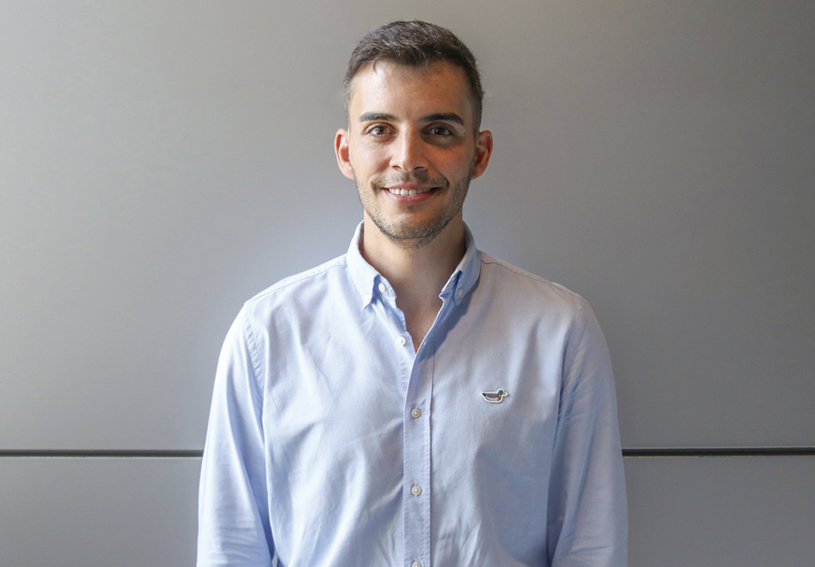
During her internship, Raquel was able to understand the level of organisation and planning a complex research project requires, and to consider the bioethical implications that need to be taken into account at each stage. “The experience enabled me to develop a more structured and critical perspective on research.”
Although it is difficult to know how this experience will influence her future career in medicine, what she is clear about is that she liked having an insider’s view of how a research project progresses and understanding the implications involved in participating in these projects. “The programme is of great value in bringing research to the young in an accessible way, facilitating understanding of basic principles and enabling each resident to study as far as their interest takes them. In my case, it was a motivational experience that has driven me to continue collaborating with the working group led by Carlos Nicolás and Inés García Lunar, both of whom I can continue to learn a lot from, and with whom I would like to continue to progress along this route of training and research.”
Laura emphasizes that her participation in the @ResCNIC program consolidated her vocation for research and shaped the professional path she is currently following. “I am now enjoying a Río Hortega grant from the ISCIII at the General Hospital of Alicante, which allows me to combine clinical care with research focused on cardiac rehabilitation and heart failure. Thanks to this experience, I also understood the importance of integrating research into clinical practice. I recognize that research during residency is often perceived as an extracurricular activity that consumes what little free time we have. However, it is essential to encourage research to be an inherent and continuous part of medical training.”
Luis Díaz spent just two months in the program at Dr. Ana García Álvarez’s laboratory (Translational Research in Heart Failure and Pulmonary Hypertension), but it was enough to understand the fundamentals of research. “In the field of image analysis, which is what I have been able to develop the most, I have been taught to be methodical and rigorous. I have learned that reproducibility is essential. From a clinical point of view, the evaluation of so many imaging tests has given me agility and critical thinking skills, and I am now able to judge what is pathological and what is not.”
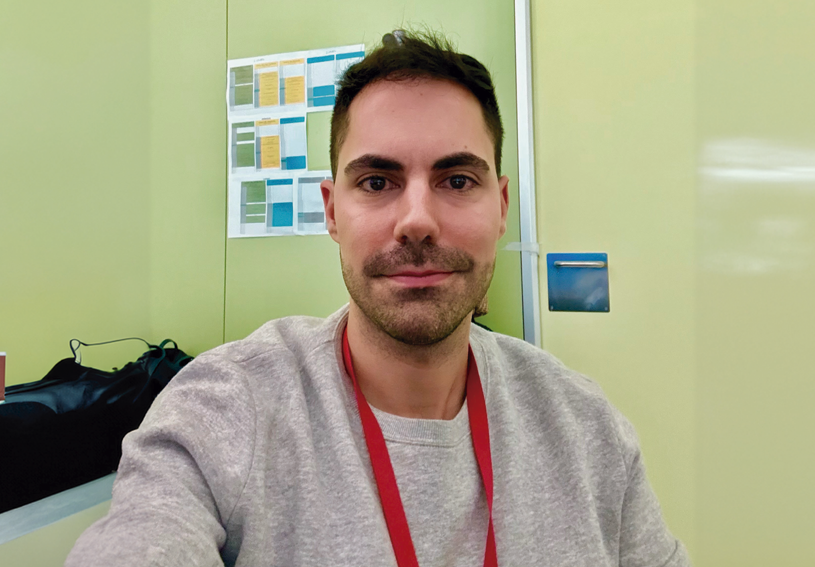
From the very beginning, Luis felt part of the team and integrated into day-to-day activities. “When my colleagues at the hospital ask me how it went, I always tell them that I couldn’t say whether the CNIC selects researchers with a keen interest in teaching and collaboration or whether it is the center itself that instills this character in its members, but it is certainly a trait common to all the people I have met there.”
For Luis, this program has shed a lot of light on an obscure area that is little explored by young doctors, namely basic research. “It has made me see the huge amount of work that goes into achievements and advances, especially the most important ones. It has been a reality check on how overwhelming research can be without a solid team, but even so, the program has only increased my interest in a career that combines it with clinical work.”
For Carlos Nicolás, the RES@CNIC programme marked a turning point in his view of medicine. “It enabled me to discover that research and clinical practice are not separate roads, but are, of necessity, interconnected. Thanks to the experience, I became aware of the opportunities exiting for young cardiologists with a scientific vocation.”
“In fact, thanks to the programme I found out about the existence of initiatives like the CARDIOJOVEN SEC/CNIC competitive grant I later obtained in 2022. This enabled me to complete the online Clinical Trial Masters at the London School of Hygiene and Tropical Medicine (University of London, UK) at the same time I was doing my doctorate.”
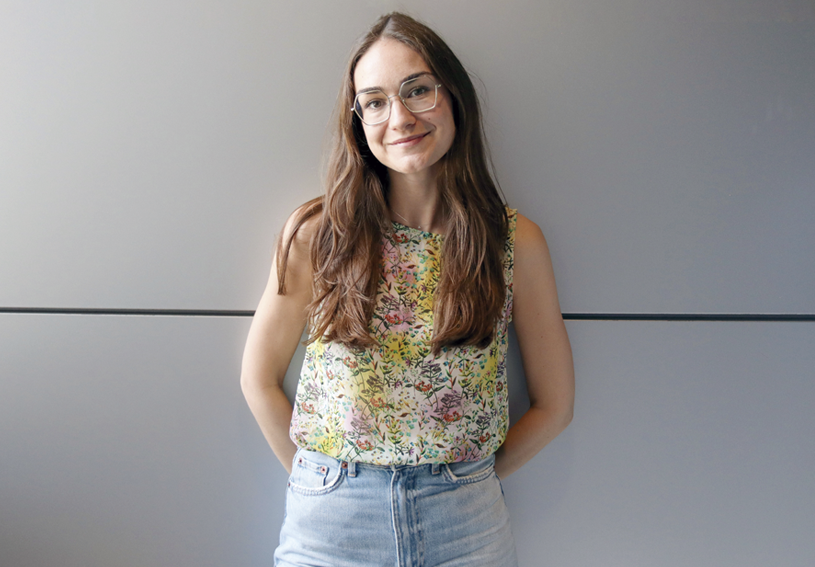
For Raquel, her positive experience means that she recommends the programme to any resident physician because “it brings anyone starting out their residency closer to research in an enjoyable way, at a good time to do so, as it can change your outlook on the coming years and encourage you to participate in a project, or simply enjoy the very good experience, and learn from different animal models or theories as you understand what goes in to the publication of a scientific paper.”
Laura agrees: “I would definitely recommend it. RES@CNIC is an opportunity to step away from the frenetic pace of healthcare and reflect on the ‘why’ behind what we do every day. It allows you to acquire a solid foundation in research and changes the way you think, giving you an analytical perspective. In addition, direct contact with top-level scientists opens doors to future collaborations. On top of all that, you get to meet and connect with other residents from all over Spain. This creates a network of contacts and a shared learning environment that lasts way beyond your time at CNIC.”
Carlos Nicolás shares their opinion. “I would recommend the RES@CNIC programme to any cardiology resident who is curious about research or who wants to broaden their scientific training. It’s a unique experience, which not only enables you to acquire knowledge and technical skills in surroundings of the highest level but also opens doors to new opportunities for professional development. It is a long-term investment that can transform both your outlook and opportunities in the field of cardiovascular medicine.”
Miguel Ángel agrees with them: “It’s a unique opportunity to get involved in high-level basic and translational research. Whether you like research or not, I think it’s a necessary step during your residency to understand how a research laboratory works. It also helps you appreciate the effort involved in dedicating yourself to it and understand that, without it, medicine would not advance.”
Miguel Ángel emphasizes the fact that “from the very beginning, you are working with your hands in a laboratory, you are an active part of it, and you are fully integrated into the line of research they are conducting. I would also highlight the opportunity to be in contact with leading figures in the cardiovascular field and listen to them talk about their project and the advice they give to younger people. Finally, I would highlight the human aspect. I was very fortunate to be able to do the program in Dr. Enríquez’s laboratory, a sensational team that integrated and supported me from the very beginning and with whom I am still in contact today. I am very grateful to them.”
Luis recommends the program to all residents in cardiology or cardiovascular surgery who are interested in research. “I think it’s an incredible experience to get started in this field, being guided by people with a lot of experience. It also represents a unique opportunity to establish links between the hospitals of origin and the CNIC.”The beneficiaries of this program are not only the participants. The CNIC groups that host them, especially those dedicated to basic research, also benefit significantly. The incorporation of cardiology professionals brings new approaches and perspectives to their research work, which is especially valuable in groups made up mainly of biologists or biochemists.
And last, but not least, Carlos highlights the strategic value of the programme as an entry point to future collaborations with the CNIC and its role as a catalyst for physicians who want to include research as an essential part of their medical careers.
The programme is open to people who meet the following requirements:
- In the first or second year of the MIR programme in cardiology or a related speciality
- SEC member.
- Certification in English of B2 or equivalent level.
- Applications should be submitted exclusively online via the CNIC website:
The selection process includes financial help for travel and accommodation expenses for participants coming from hospitals outside the Community of Madrid.
The RES@CNIC-SEC programme is another example of SEC and CNIC’s commitment to training in translational research in the cardiovascular field and to the development of young talent, which is a key element to progress in knowledge about and the treatment of cardiovascular diseases, the first cause of death in the world.













